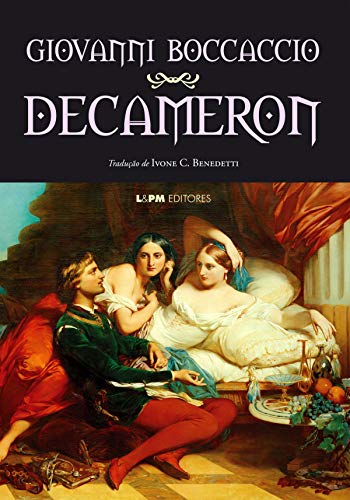Wrongs committed in the distant past are far easier to condemn than to rectify.
Giovanni Boccaccio
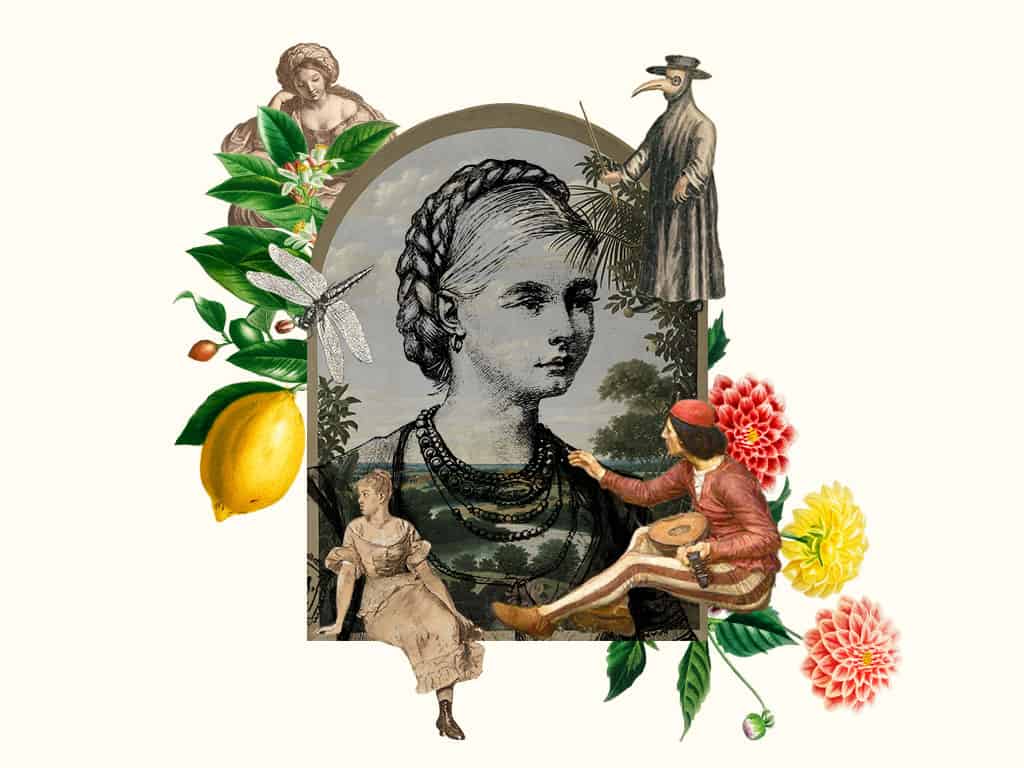
The Decameron is a collection of hundred stories composed in Italian by Giovanni Boccaccio. Composed between 1349-1353, the stories are told by ten rich friends (seven women and three men), over ten days.
According to the plot, ten young friends decide to escape plague-stricken Florence by moving to an empty villa in the countryside. While at the villa, the friends decide on a routine, and one of the integral parts of their routine at the villa was to tell stories based on a theme set for the day: love, tragedy, cleverness, heartbreak, etc. The stories told express a wide variety of human emotions and human experience, including adultery, morality, torture, sexual intercourse. It is interesting to note that the text was not considered blasphemous by the Catholic Church and was widely read. Interestingly, while Boccaccio emphasis on the religious morality of the characters, he also attacks the Church for its dogma.
Why This Text is Transformative?
The text makes direct appeal to contemporary sensibilities and experiences, and students can immediately form a connection with the text due to its relatable narrative about a pandemic, including failure of a state in controlling the disease and spreading of nonhuman viruses in a highly globalized world.
The Decameron is about living through a pandemic. The text makes direct appeal to contemporary sensibilities and experiences, and students can immediately form a connection with the text due to its relatable narrative about a pandemic, including failure of a state in controlling the disease and spreading of nonhuman viruses in a highly globalized world. The Decameron is an example of excellent literary prose, the stories themselves don’t focus on the suffering from the plague, but engage the reader through extremely witty, and some gloomy tales about human endurance and experiences about love, justice, happiness and sexual intercourse and religious dogma.
A Focused Selection
Study Questions
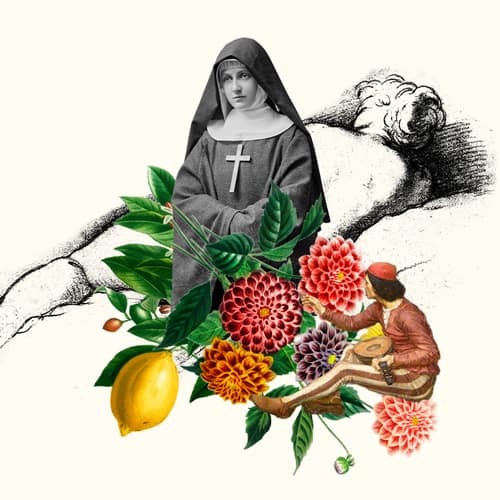
Class 1: Read the Proem
Class 2: Read the Story: Third Day Novel I “Masetto daLamporecchio feigns to be dumb and obtains a gardener’s place at a convent of women, who with one accord. Make haste to lie with them”
1) It would be beneficial to start discussing the text by asking students to create a list of terms from the text that are unfamiliar to them.
2) Students should be asked to make connections with the introduction of the text, where Boccaccio describes the effects of the bubonic plague and the present Covid 19 pandemic.
3) Why did Nuto, the gardener left his employment at the convent?
4) How was Masetto able to gain employment at the convent?
5) How does the young nun justify her breaking her vow of celibacy? Do you agree with her justification?
6) What do you think is the point of the story?
Building Bridges
A Recommended Pairing
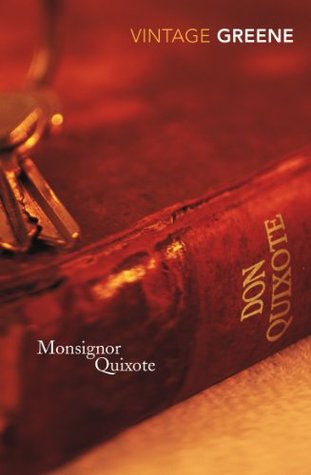
A wonderful short novel by Graham Greene, Monseigneur Quixote, recasts Cervantes’ magnum opus in a way that captures much of the humor and pathos in a more modern context, as the adventures of a Roman Catholic priest and a communist mayor taking to the road together in Spain during the Franco years. The richly imagined characters and their conversations make it clear that the issues that drive Don Quixote’s idealistic quest are not raised only in books of chivalry. How do we live with a commitment to the ideals of a religious faith or a political ideology which, though noble, may not fit easily with and may have unfortunate consequences in the unforgiving world in which we find ourselves? What difference does friendship make in our lives?
Supplemental Resources
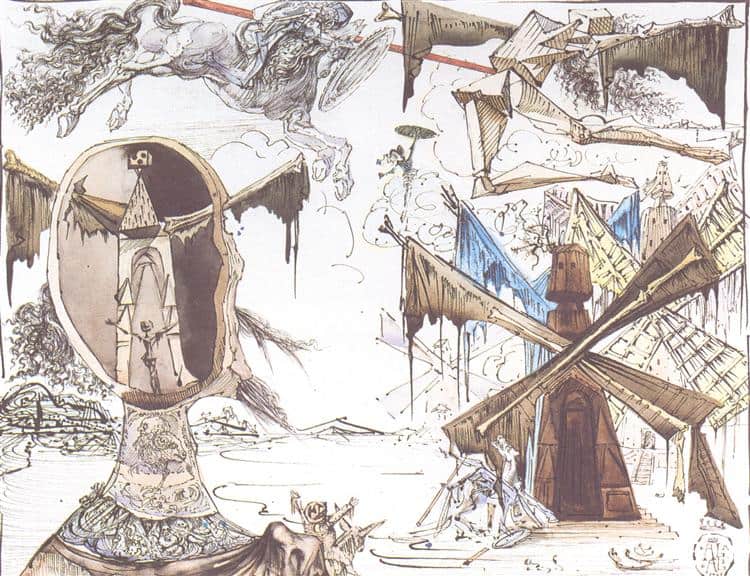
Don Quixote and the Windmills, 1945 - Salvador Dali - WikiArt.org
Don Quixote has been an inspiration for many visual artists. Spanish surrealist Salvador Dali returned to the novel multiple times throughout his long career, creating sketches, paintings, and sculptures of Don Quixote and Sancho, depicting important episodes in the book. A pairing of an episode with one of Dali’s works can lead to a stimulating discussion.
What details do students notice? What do his artistic choices suggest about his interpretation of the characters? To the extent that students are familiar with the story of Don Quixote, it is likely to be as it is filtered through the musical The Man of La Mancha. The musical has its own merits, and is framed by the interesting device of placing Cervantes on stage as a narrator, but of course it is impossible for it to capture much of the complexity of the book – and it alters the ending dramatically. Students may find it interesting to compare the two endings.
Text Mapping
Discipline Mapping
English/Composition Studies
History
Political Science/Government
Page Contributor


